Nail infection remedy. Effective Nail Fungus Treatments: Comprehensive Guide to Symptoms, Causes, and Remedies
What are the most effective treatments for nail fungus. How can you prevent fungal nail infections. What are the symptoms and causes of nail fungus. How do over-the-counter and prescription medications compare for treating nail infections. When should you seek professional medical help for nail fungus.
Understanding Nail Fungus: Symptoms and Causes
Nail fungus, medically known as onychomycosis, is a common condition that affects millions of people worldwide. It primarily targets toenails but can also affect fingernails. The infection occurs when fungi, typically dermatophytes, invade the nail bed and multiply, causing various symptoms and potential complications if left untreated.
Common Symptoms of Nail Fungus
- Discoloration (yellow, brown, or white)
- Thickening of the nail
- Brittle or crumbly texture
- Distorted nail shape
- Foul odor
- Pain or discomfort (in severe cases)
Primary Causes and Risk Factors
Fungal nail infections can be caused by various factors and are more likely to occur in certain conditions:
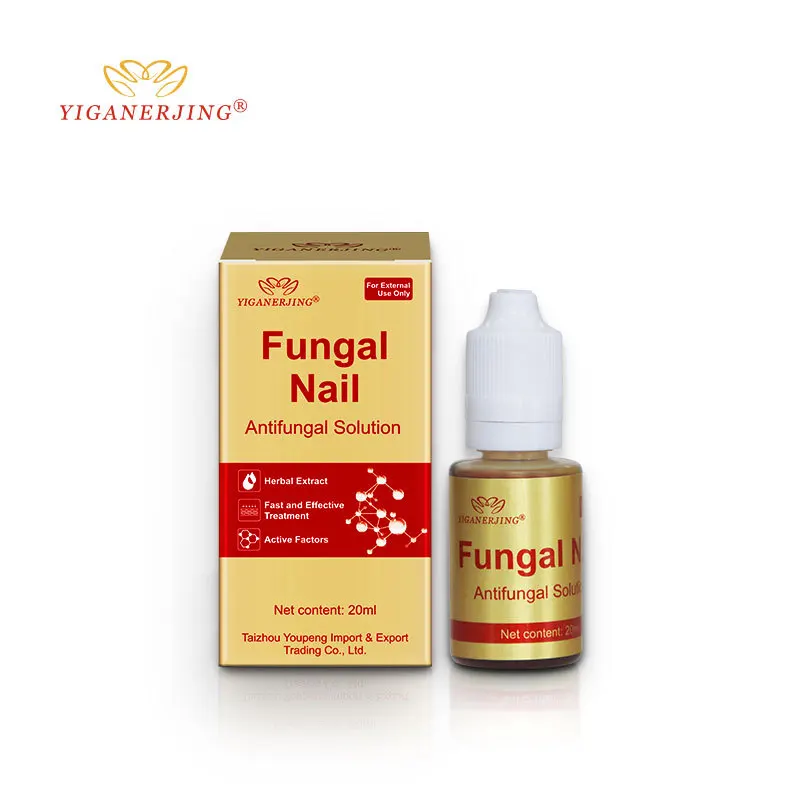
- Warm, moist environments (e.g., public pools, locker rooms)
- Poor foot hygiene
- Weakened immune system
- Diabetes
- Circulation problems
- Frequent exposure to water
- Tight-fitting shoes
- Injury to the nail or surrounding skin
Over-the-Counter Treatments for Nail Fungus
For mild cases of nail fungus, over-the-counter (OTC) treatments can be an effective first line of defense. These products are readily available and do not require a prescription.
Popular OTC Antifungal Options
- Antifungal creams and ointments
- Medicated nail polishes
- Antifungal nail solutions
How effective are OTC treatments for nail fungus? While they can be beneficial for mild cases, success rates vary. These treatments often require consistent, long-term use and may take several months to show results. For more severe infections, prescription treatments may be necessary.
Prescription Medications for Treating Nail Fungus
When OTC treatments prove ineffective or for more severe cases of nail fungus, prescription medications may be recommended by a healthcare professional.
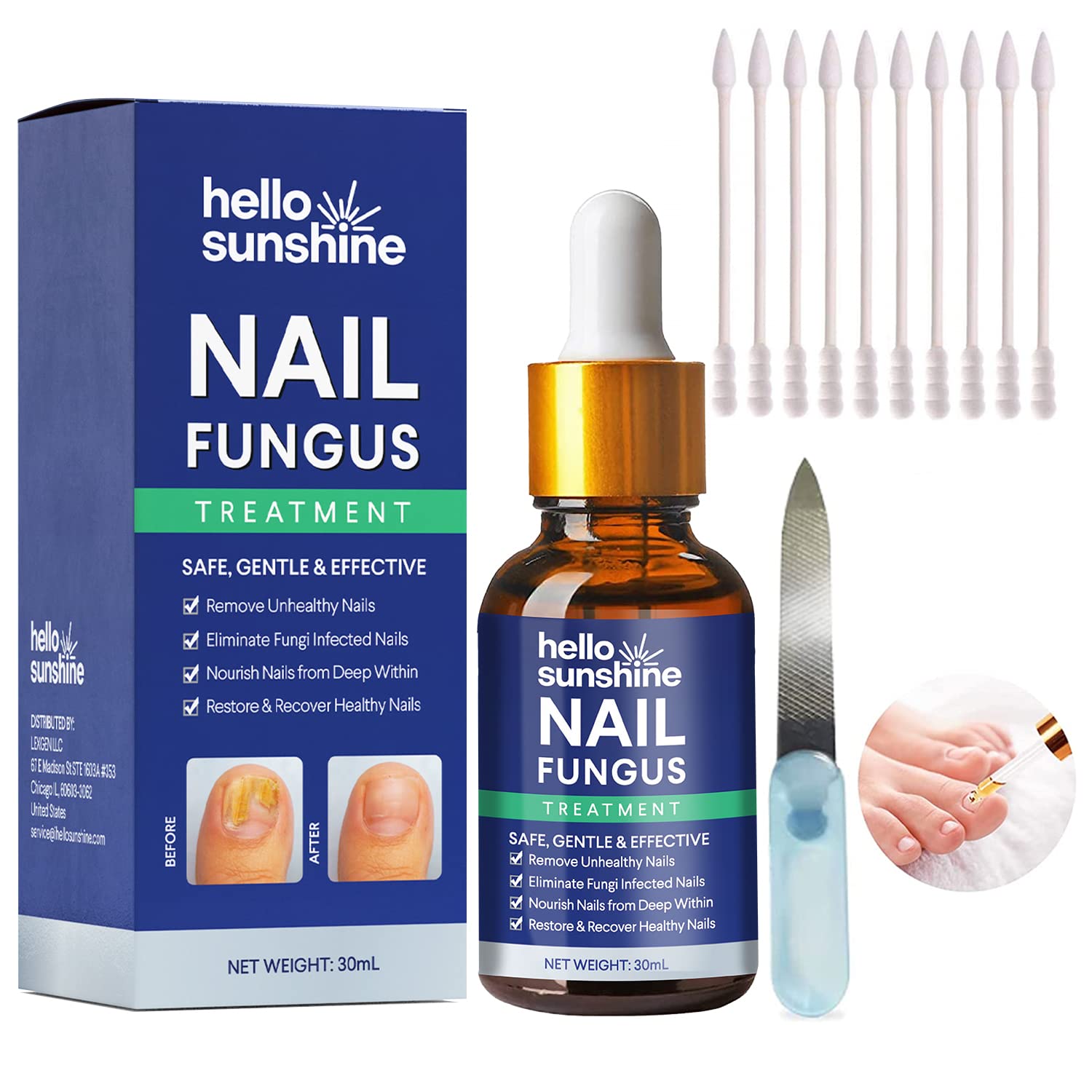
Oral Antifungal Medications
Oral antifungal drugs are often considered the most effective treatment for nail fungus. Common options include:
- Terbinafine (Lamisil)
- Itraconazole (Sporanox)
- Fluconazole (Diflucan)
These medications work by helping a new, fungus-free nail grow, gradually replacing the infected part. Treatment typically lasts 6 to 12 weeks, but you won’t see the final result until the nail grows back completely, which can take up to 4 months for fingernails and up to 12 months for toenails.
Prescription Topical Medications
For those who cannot take oral medications or prefer a topical treatment, prescription antifungal nail polishes and creams are available:
- Ciclopirox (Penlac) nail polish
- Efinaconazole (Jublia) topical solution
- Tavaborole (Kerydin) topical solution
These treatments are applied directly to the infected nail and surrounding skin, usually once a day. They may need to be used for up to a year to see full results.
Advanced Treatment Options for Persistent Nail Fungus
In cases where traditional treatments fail or for patients seeking alternative options, advanced treatments may be considered.

Laser Therapy
Laser treatment for nail fungus has gained popularity in recent years. How does laser therapy work for nail fungus? The procedure uses targeted laser light to eliminate the fungus without damaging the surrounding nail or skin. While some studies show promising results, more research is needed to determine long-term effectiveness.
Nail Removal
In severe or resistant cases, partial or complete nail removal may be necessary. This procedure, known as nail avulsion, allows for direct application of antifungal medication to the infected area. A new nail will typically grow back over several months.
Home Remedies and Natural Treatments for Nail Fungus
Many people turn to home remedies and natural treatments as an alternative or complementary approach to treating nail fungus. While scientific evidence for these methods is often limited, some individuals report positive results.
Popular Natural Remedies
- Tea tree oil
- Vinegar soaks
- Vicks VapoRub
- Oregano oil
- Snakeroot extract
Are natural remedies effective for treating nail fungus? Results can vary widely, and these treatments may take longer to show effects compared to conventional methods. It’s important to consult with a healthcare provider before relying solely on home remedies, especially for severe infections.
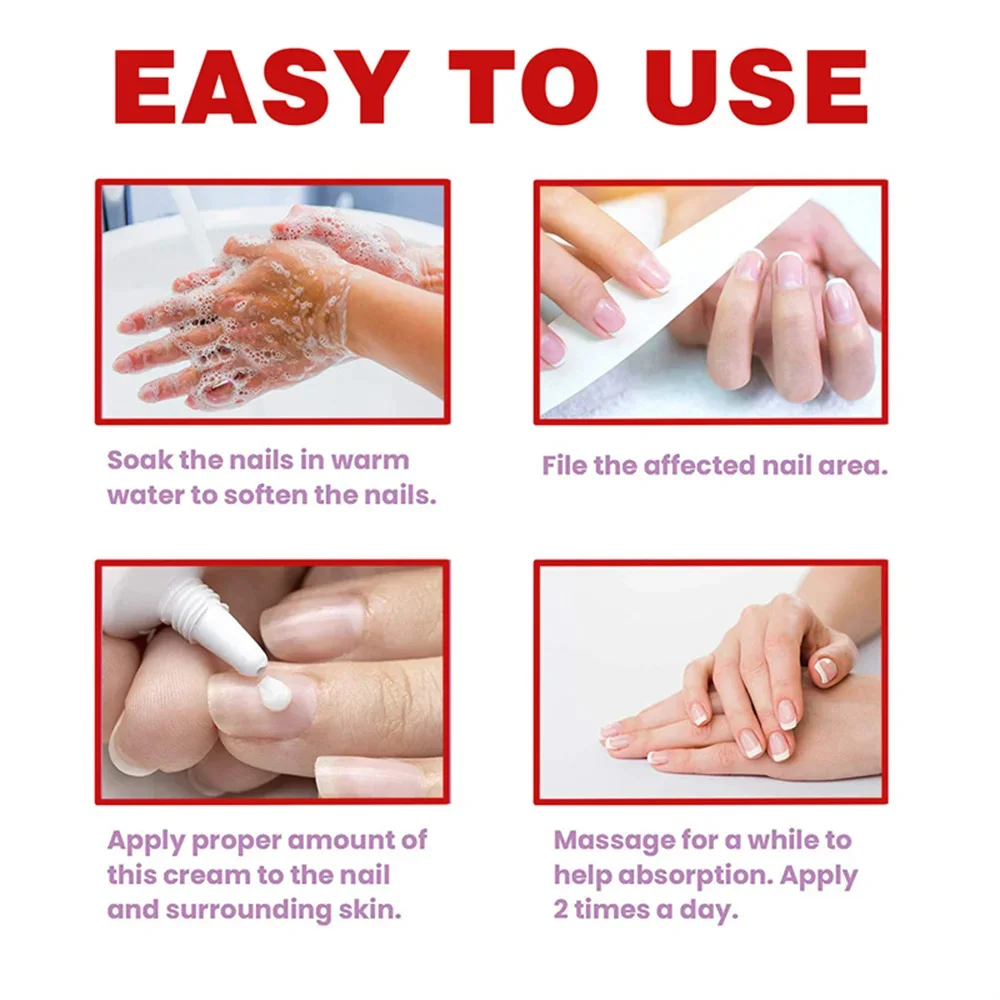
Preventing Nail Fungus: Essential Tips and Strategies
Prevention is key when it comes to nail fungus. By adopting good hygiene practices and making certain lifestyle changes, you can significantly reduce your risk of developing a fungal nail infection.
Effective Prevention Techniques
- Keep feet clean and dry
- Wear breathable footwear
- Use antifungal sprays or powders in shoes
- Avoid walking barefoot in public areas
- Trim nails regularly and keep them short
- Don’t share nail care tools
- Choose nail salons carefully and ensure they sterilize tools
- Avoid applying nail polish to infected nails
How often should you replace your shoes to prevent nail fungus? It’s advisable to rotate your shoes regularly and replace them every 6-12 months, especially if you’re prone to foot sweating or have had fungal infections in the past.
When to Seek Professional Help for Nail Fungus
While mild cases of nail fungus can often be managed at home, there are situations where professional medical advice is necessary.

Signs You Should See a Doctor
- Persistent infection despite OTC treatment
- Severe discoloration or thickening of the nail
- Pain or discomfort when walking
- Spreading of the infection to other nails or skin
- Diabetic patients or those with weakened immune systems
What kind of doctor should you see for nail fungus? A dermatologist or podiatrist specializes in treating nail fungus and can provide expert diagnosis and treatment options.
The Impact of Nail Fungus on Overall Health and Well-being
While often considered a cosmetic issue, nail fungus can have broader implications for your health and quality of life.
Potential Complications of Untreated Nail Fungus
- Spread of infection to other nails or parts of the body
- Increased risk of bacterial skin infections
- Chronic pain or discomfort
- Difficulty walking or wearing shoes
- Psychological distress due to appearance
How does nail fungus affect diabetic patients? For individuals with diabetes, nail fungus can pose a more serious risk. Reduced blood circulation and nerve sensitivity in the feet can make it harder to detect and fight infections, potentially leading to more severe complications.
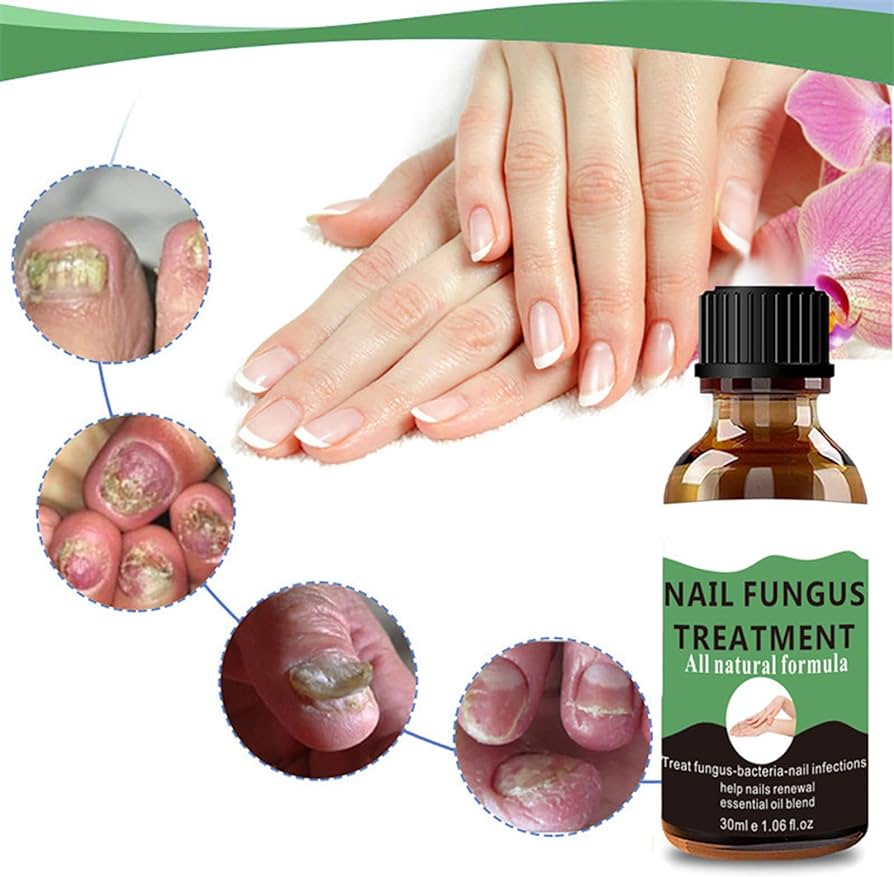
Nail fungus, while common, is a persistent and often challenging condition to treat. Understanding the symptoms, causes, and available treatment options is crucial for effective management. From over-the-counter remedies to prescription medications and advanced therapies, there are numerous approaches to combating fungal nail infections. Prevention remains the best strategy, emphasizing good hygiene practices and proactive care of your nails and feet. For those struggling with nail fungus, remember that patience is key – treatment can take time, but with persistence and proper care, healthy nails are achievable. If you’re concerned about a nail infection or if home treatments aren’t yielding results, don’t hesitate to seek professional medical advice. Your healthcare provider can offer personalized treatment plans and help you navigate the path to fungus-free, healthy nails.
What You Can Do to Stop Fungal Nail Infections
Written by WebMD Editorial Contributors
Medically Reviewed by Jabeen Begum, MD on September 21, 2022
- What Are Treatments for Toenail Fungus?
- Toenail Fungus Home Care
- Toenail Fungus Treatment Complications
- Toenail Fungus Prevention
Do you need to treat your nail fungus? Maybe it doesn’t hurt, and the yellow, thick nails don’t bother you.
But nail fungus doesn’t go away by itself. And if you don’t treat it, there’s a chance it could get worse. It could spread to other nails or through your body. It could cause pain when you walk.
There are a number of ways to take care of it, including:
Nonprescription options. You can buy antifungal creams, gels, and nail polish at the store and online without a prescription. You might want to try one of them first if the infection doesn’t look bad. Some people also swear by home remedies like menthol rub, tea tree oil, mouthwash, or snakeroot extract — but studies show mixed results.
Prescription polish and creams. Your foot doctor will likely trim your nail and file away its dead layers. They may also take a piece of your nail and send it to the lab to make sure it’s really a fungus and to find out what type it is.
The doctor might suggest an antifungal drug that you paint on your nails. This may work on its own, or they may suggest you take it with antifungal pills.
Prescription medications. One of several antifungal pills may help. They work, but it may take many months to do the job. They also come with side effects like nausea, vomiting, and headaches. They may cause liver damage too, so your doctor will watch you closely while you take them. Be sure to tell them about any other meds you’re taking — some antifungal pills might not work well with them.
Nail removal. If the infection is deep and you’ve had it for a while, your doctor may want to remove all or part of your nail. A new nail usually grows back, but it might take a year or so. While it’s coming back, your doctor will likely give you a cream or other treatment to put on your nail bed to keep fungus away.
While it’s coming back, your doctor will likely give you a cream or other treatment to put on your nail bed to keep fungus away.
Laser treatment. You might have success getting your toenails zapped with targeted lasers. Several types of lasers are used. There isn’t a lot of research on them, and the results are mixed. Laser treatment isn’t covered by insurance, though, and it can cost a lot.
Sometimes it’s possible to treat your toenail fungus at home. You can try:
- Over the counter antifungal creams or ointments. File or cut off any white markings on your nails. Soak your nails in water and dry off before you put on the medicated cream.
- Special nail care. If you keep your nails trimmed, it can reduce the pressure and pain you feel. You can also thin your nail bed by filing it down. This can help antifungal creams get to the problem easier.
Here are some things to think about when deciding on a nail fungus treatment.
If you have a disease like diabetes, your doctor will make sure you treat nail fungus. This illness often makes you more likely to have other problems from minor foot issues.
This illness often makes you more likely to have other problems from minor foot issues.
You may not be able to take antifungal pills because of side effects or because they don’t work well with other drugs you take. If that’s the case, try a product that goes onto your nail. Your doctor will call this a topical treatment.
Be patient. Your nails may not look “normal” after treatment. It can take as long as a year to 18 months for your nail to grow out a fungus.
There’s a chance the infection can come back — even if you get rid of it. So take these simple steps to help prevent that:
- Keep your feet clean and dry.
- Wear shower shoes in public pools, bathrooms, and locker rooms — and even in your own bathroom.
- Change your shoes and socks every day.
- Wear ones that breathe and don’t fit too tight.
- Trim your nails short and straight across.
- See your doctor if you think your fungus has come back.
- Wash your hands and feet regularly.

- Wear shoes that let your feet breathe.
- Throw away old shoes or treat them with disinfectants and antifungal powders.
- Be sure your nail salon sanitizes nail tools.
- Don’t use nail polish or artificial nails.
Top Picks
What Are The Best Toenail Fungus Treatments?
Other than keeping your toenails trimmed and perhaps painted, you may not pay much attention to them — unless a problem develops. Healthy toenails are pink, shiny and smooth, but a fungal infection can cause them to become discolored, thick, brittle and even painful.
Toenail fungal infection, known as onychomycosis, is a common but challenging condition; toenail fungus treatments include a wide range of options with varying success rates.
Fungal nail infections are usually caused by fungi called dermatophytes that infect the skin beneath the nail; yeast is another common culprit. Toenails are especially vulnerable to infection when your bare feet contact damp surfaces such as showers, swimming pools and locker rooms. If you have athlete’s foot, the infection can spread to the nails.
Wearing closed shoes such as athletic shoes for extended periods also can contribute to infection if your shoes and/or socks are damp from perspiration or heat. Moreover, if your shoes fit snugly enough to put pressure on your toes, they can damage the nail bed, making it more susceptible to infection.
People with chronic diseases, such as diabetes or circulatory problems, also may be more prone to toenail infections.
Toenail fungus symptoms can develop slowly over time and may go unnoticed at first. Symptoms can include:
Symptoms can include:
- Yellowish discoloration at the top of the nail
- Darkening or clouding of nails
- White spots on nails
- Nail thickening
- Distorted nail shape
- Brittle or crumbling nails
- A lack of shine
- Pain in the tips of toes
- Foul odor
- Nail separates from the nail bed
“If your symptoms are severe or cause pain, or your toenail turns brown or black, it’s best to make an appointment with your primary care doctor or podiatrist instead of trying to treat it yourself,” says Stacie Ly, MD, an internal medicine physician at Scripps Coastal Medical Center Carlsbad.
Toenail fungus infections often require diligent treatment to be successful. Early-stage toenail fungus may respond to home treatments, such as those listed below. Apply the treatment to the affected nail several times daily; you may need to treat for six months or more to clear the infection.
- Tea tree oil or eucalyptus oil: Both oils have antifungal properties, and studies found they performed as well as some over-the-counter and prescription topical antifungal treatments.

- Ozonized sunflower oil: A Brazilian study found that sunflower oil worked to treat toenail fungus infection caused by yeast.
- Baking soda: Researchers found that baking soda prevented fungal growth in 79 percent of the specimens tested. Apply a paste of baking soda and water directly to the affected nail and let it sit for at least 10 minutes before rinsing.
- Vicks VapoRub: A very small study found that this mentholated ointment had a positive effect on toenail fungus.
- Vinegar and hydrogen peroxide also are popular home remedies for toenail fungus, but have not been shown to be effective in clinical studies.
Over-the-counter treatments for toenail fungus include creams, ointments, sprays and liquids. Ask your pharmacist for a recommendation or look for these ingredients, and follow the directions carefully:
- Tolnaftate
- Clotrimazole
- Terbinafine (brand name: Lamisil)
If your symptoms do not get better with home treatment, make an appointment with your primary care physician or a podiatrist. They may recommend a prescription-strength topical medication, or an oral anti-fungal pill that you take for two or three months. Oral treatment is usually more effective but may interact with other medications. Also, oral treatment can affect the liver, so you may need to have liver function tests while taking the medication.
They may recommend a prescription-strength topical medication, or an oral anti-fungal pill that you take for two or three months. Oral treatment is usually more effective but may interact with other medications. Also, oral treatment can affect the liver, so you may need to have liver function tests while taking the medication.
Toenail fungus laser treatment can temporarily improve the nail but has a lower cure rate than oral medication.
In severe cases that do not respond to treatment, the infected nail may be surgically removed in order to treat the nail bed; a healthy nail can then grow back. A chronically infected and painful nail may be permanently removed.
Unfortunately, toenail fungus can be stubborn — the recurrence rate can be as high as 40 percent.
“If your toenail fungus keeps coming back despite taking preventive measures, see your primary care doctor or podiatrist,” says Dr. Ly. “Something else may be causing it, or you may need a different approach. Your doctor can get to the root of the problem and determine the best course of action.”
Your doctor can get to the root of the problem and determine the best course of action.”
Follow these guidelines to help keep your toenails healthy:
- Wash your feet with soap and water and dry them thoroughly after swimming.
- Wear shower shoes in locker rooms and public areas.
- Wear shoes that fit well and are made of breathable materials.
- Remove wet or damp socks or shoes as soon as possible and dry your feet.
- Disinfect nail clippers and home pedicure tools.
- If you get pedicures, ensure that your salon follows proper disinfection procedures, and wash and dry your feet when you return home.
- Avoid applying polish to infected nails.
- If you have athlete’s foot, treat the infection.
Effective remedies for the treatment of toenail fungus: choose the best methods! 1.2. 1 What is toenail fungus?
 3 What causes nail fungus?
3 What causes nail fungus?- 1.4.1 Why is it important to pay attention to the condition of nails?
- 1.4.2 What symptoms indicate the presence of nail fungus?
- 1.4.3 What should I do if I have symptoms of nail fungus?
- 1.5.1 What is nail fungus?
- 1.5.2 How to treat nail fungus?
- 1.5.3 Fungal Nail Treatment
- 1.5.4 How to use Fungus Nail Treatment?
- 1.5.5 Benefits of Fungus Nail Treatments
- 900 05 1.8.1 Why you need to take care of your health nails?
 10 How to choose the right toenail fungus treatment?
10 How to choose the right toenail fungus treatment?- 1.10.1 Step 1: Understanding the type of fungus
- 1.10.2 Step 2: Choosing a form of treatment
- 1.10.3 Step 3: Product reviews and safety
- 1.14.0.1 How quickly can I get rid of fungus?
- 1.14.0.2 Can I use this remedy during pregnancy?
- 1.14.0.3 What are the contraindications for this remedy?
- 1.14.0.4 How long can this product be used?
- 1.14.0.5 Can this product be used to treat fungus on the hands?
- 1.14.0.6 Can nail polish be used during the treatment of toenail fungus?
Find out what treatments are available for toenail fungus. Described are effective drugs and procedures that will help get rid of the problem and maintain the health of your nails.
Toenail fungus is an annoying and dangerous problem that can lead to serious complications. But don’t despair, we have a solution!
We offer you a wide range of treatments for toenail fungus. Our products are made from high quality ingredients and effectively kill the fungus, preventing it from spreading and infecting other areas of the body.
We guarantee fast results and complete elimination of nail fungus. Do not waste time and health, choose high-quality treatment and healthy toenails!
A healthy lifestyle starts with healthy nails!
Choose quality – choose our products!
Toenail Fungus Treatments: Forget the Problem Forever
Toenail fungus is a common disease that affects many people. It manifests itself in the form of a change in the color and structure of the toenails, which can lead to painful sensations and an unpleasant odor. The treatment of toenail fungus is not an easy task, but even with an advanced form of the disease, positive results can be achieved with the right approach and means for treatment.
Our company offers a wide range of products for the treatment of toenail fungus: creams, ointments, sprays, varnishes. Each product has been clinically tested and has all the necessary quality certificates. They contain only natural and safe for health components, do not cause side effects and have no contraindications.
- Our products effectively fight toenail fungus and prevent its spread.
- You will notice positive results within a few days after starting the application.
- We guarantee the quality of all our products and give you the option to get your money back if the products are not to your liking.
Make your fungus problems a thing of the past and enjoy healthy, beautiful nails with our treatments. Order the necessary drugs on our website or contact our manager to get advice and detailed information about the products.
Toenail fungus: a description of the problem
What is toenail fungus?
Toenail fungus is a serious disease caused by adult or childhood fungi. It leads to a change in the color, thickness and shape of the nails, and also causes severe pain and itching.
It leads to a change in the color, thickness and shape of the nails, and also causes severe pain and itching.
How does fungal infection occur?
Toenail fungus can infect people in public places such as swimming pools, locker rooms or showers. Also, the risk of infection increases when using shoes, towels or tools that have been used by an infected person.
Why is it important to treat toenail fungus?
Untimely treatment of toenail fungus can lead to further spread of the fungus to other nail plates and skin, and lead to diseases of the body as a whole. It can also lead to permanent changes in the shape of the nails and a deterioration in appearance.
What causes nail fungus?
Toenail fungus is a common disease that can be caused by both external and internal factors. Bad habits, wearing shoes made of synthetic materials, immune system disorders, as well as injuries and damage to the nail plate cause the development of nail fungus in many people.
- Wearing shoes made of synthetics: Closed-toe shoes that do not provide breathability are especially dangerous.
- Immune system disorders: Decreased immunity opens the way for infections and bacteria.
- Bad habits: Chronic stress, drinking alcohol and smoking negatively affect the defense system of our body.
- Injuries and damage to the nails: Wounds, scratches and other injuries can lead to infection of the nails.
In addition, a fungal infection can develop due to contact with an infected person, visiting baths, saunas and other public places.
It is important to understand that you can avoid infection with nail fungus if you follow basic hygiene rules, take breaks from wearing shoes and maintain immunity. However, if the disease has already manifested, it is necessary to consult a specialist and begin treatment before the fungus damages the nail plate very significantly.
Identifying nail fungus: symptoms and signs
Why is it important to pay attention to the condition of the nails?
When our nails begin to suddenly change color, structure and shape, this may be a sign of a fungus. The fungus itself is an infectious disease that not only spoils the appearance of nails, but is also a threat to health. Therefore, it is so important to monitor the condition of the nail plate and promptly identify possible deviations from the norm.
The fungus itself is an infectious disease that not only spoils the appearance of nails, but is also a threat to health. Therefore, it is so important to monitor the condition of the nail plate and promptly identify possible deviations from the norm.
What symptoms indicate the presence of nail fungus?
One of the first signs is the appearance of a white spot on the nail plate, then the nail becomes yellow and dull. Tuberosities and ribs appear on the surface, and the shape of the nail changes – it can become concave or convex. The disease is accompanied by itching, swelling and pain in the nail area.
What should I do if I have symptoms of nail fungus?
The first step is to see a professional dermatologist. He will diagnose and make a diagnosis. In the early stages of the disease, you can use the means to treat nail fungus. However, self-medication can aggravate the situation and spread the fungus to other nails and skin. It is best to use certified drugs and follow all the doctor’s recommendations. In some cases, surgery may be required.
In some cases, surgery may be required.
Get rid of nail fungus quickly and effectively
What is nail fungus?
A fungal infection that affects the nails is a problem that is not only unsightly, but can also lead to skin and general illnesses. This is a viral infection that gets under the nails through damaged skin. It affects the blood vessels and tissues of the nails, making them yellowish, thick and brittle.
How to treat nail fungus?
Treating nail fungus is a long process that requires patience and regularity. But today we have a great solution – a ready-made remedy for the treatment of nail fungus.
Fungus Nail Treatment
We offer an effective fungus nail treatment that will get rid of this problem quickly and painlessly. Our tool includes natural ingredients that will ensure the effective elimination of the fungus and the renewal of the nail plate. Using our product, you will restore your nails and enjoy their healthy and beautiful appearance again.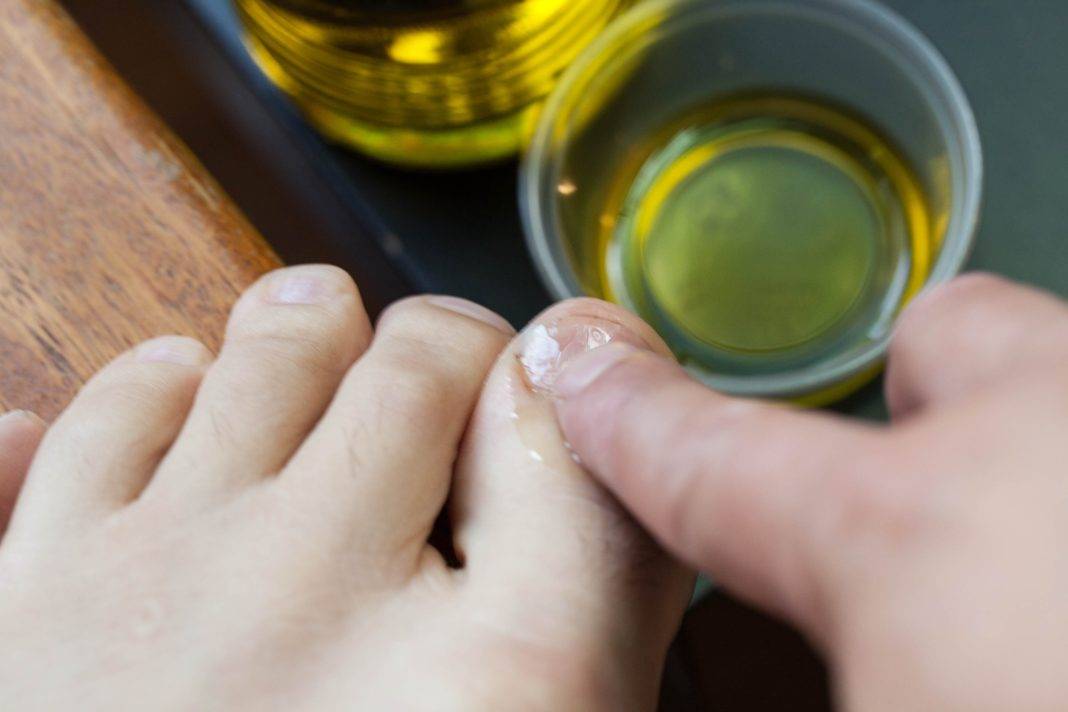
How to use the fungus nail treatment?
Our product is very easy to use and does not require special skills. It is enough to apply it every day on the affected nails and allow time for absorption. Its regular use will quickly eliminate the fungus and restore a healthy look to the nails.
Benefits of fungal nail treatment
- Effectively eliminates fungal nail
- Natural ingredients that are healthy
- Easy to use
- Painless treatment
| Product name: | Nail fungus treatment |
| Composition: | Plant extracts |
| Indications for use: | Nail fungus |
| Application: | Apply to affected nails every day |
Choose effective remedies for the treatment of nail fungus
Nail fungus is an unpleasant disease that can lead to deformation and loss of nails. There are many remedies for its treatment, but not all of them are equally effective.
There are many remedies for its treatment, but not all of them are equally effective.
Gel-lacquers and traditional medicine lacquers can only give results in the initial stages of the disease, when the infection has not yet spread much.
When choosing a product for the treatment of toenail fungus, be sure to take into account the characteristics of the disease, use effective treatments from trusted manufacturers.
- Be careful when choosing a product!
- Convince yourself of the effectiveness and quality of the product!
- Consult your doctor!
Tips for using products for the treatment of fungal nails
Fungal diseases of the nails are quite dangerous and require immediate treatment. One of the effective ways to deal with nail fungus is to use specialized products.
Before using any drug, carefully read the instructions and follow all the manufacturer’s recommendations. Shoes should be disinfected periodically to prevent re-infection.
Shoes should be disinfected periodically to prevent re-infection.
To achieve the maximum effect, it is necessary to regularly apply the product to the affected nail layer. It is not recommended to use several drugs at the same time, as this may lead to a weakening of the effectiveness of treatment. It is important to remember that the process of treating nail fungus can take several months, so you need to be patient and follow all the manufacturer’s recommendations.
- Choice of product: Before using the drug, you should consult a dermatologist and choose the most suitable product. It is important to take into account the characteristics of the organism, the type and degree of damage to the nail fungus.
- Use with care: Apply the product very carefully, avoiding contact with healthy skin. In case of irritation or allergic reaction to the drug, you should immediately stop using it.
- Regular use: To maximize the effect of the treatment, you must regularly use the selected drug in accordance with the instructions.
 Do not allow breaks in treatment.
Do not allow breaks in treatment.
Prevention of nail fungus
Why care about nail health?
Nails not only decorate our hands and feet, but also play an important role in our health. Protecting fingers from injury and environmental influences, they are also a reflection of the state of the body. A fungal infection of the nails can lead to a weakened immune system, pain and discomfort, and in some cases, limb amputation.
How can I prevent fungal nail infections?
- Practice good hygiene: wash and dry your feet regularly, trim your nails, don’t wear other people’s shoes, and don’t hesitate to wear slippers in public places;
- Strengthen your immunity: eat right, exercise, avoid stressful situations;
- Choose quality shoes: they should be made of breathable materials, with a comfortable heel and toe, not tight or loose;
- Use prophylactic products: foot antiseptics, antimycotic varnishes and creams among them.

When is a specialist consultation necessary?
If you notice a change in the color, shape or texture of your nails, the appearance of pain and itching, do not put off going to a dermatologist. Only professional diagnostics and treatment will provide an effective result and prevent the development of complications.
Name Properties Terms of use
| Foot antiseptic | disinfects the skin of the feet, prevents the development of infections | daily for 3-4 weeks |
| Antimycotic nail polish | fights fungal infection, builds healthy nail | applied daily to affected nails for several months |
| Antimi cat nail cream | gentle formula, promotes skin and nail regeneration, fights fungal infections | daily use on the affected areas of the nails until complete cure |
Choose proven products and do not ignore the prevention of fungal infections of the nails. Health is our main capital, which must be managed.
Health is our main capital, which must be managed.
Reviews of products for the treatment of nail fungus
The best remedy for nail fungus – “Fungavir”
Many people know how difficult it is to get rid of nail fungus. It not only spoils the appearance of the nails, but also causes discomfort and pain when walking. Our family used various remedies for the treatment of fungus, but only Fungavir helped us. He not only destroyed the fungus, but also restored the health of the nails. We recommend to everyone!
“New drug for nail fungus – ‘Lamisil’
An excellent drug for the treatment of fungus – Lamisil. This new drug quickly restores a healthy look to the nails and destroys the fungus. It applies easily and absorbs quickly. It is important to follow the instructions and use the drug until the end of the full course.
- “Nails restored with ‘Exoderil’
- Used Exoderil in the summer to treat fungus on the feet.
 He quickly helped and the nails recovered. Now, several months later, the result remains stable. Satisfied with the product and recommend it!
He quickly helped and the nails recovered. Now, several months later, the result remains stable. Satisfied with the product and recommend it!
Natural Nail Fungus Cream – ‘Healthy Nails’
We would like to share our positive experience with Natural Nail Fungus Cream Healthy Nails. The cream contains only natural ingredients, does not cause side effects and effectively destroys the fungus. Nail recovery is slow, but the result is really worth the wait.
| Fungavir – a universal drug for the treatment of nail fungus | Lamisil – a new drug for the rapid treatment of nail fungus |
How to choose the right remedy for the treatment of toenail fungus?
Step 1: Understanding the type of fungus
Before purchasing a fungal nail treatment, you need to determine the type of fungal infection. Typically, fungal species are differentiated by symbols such as color, texture, and hardness.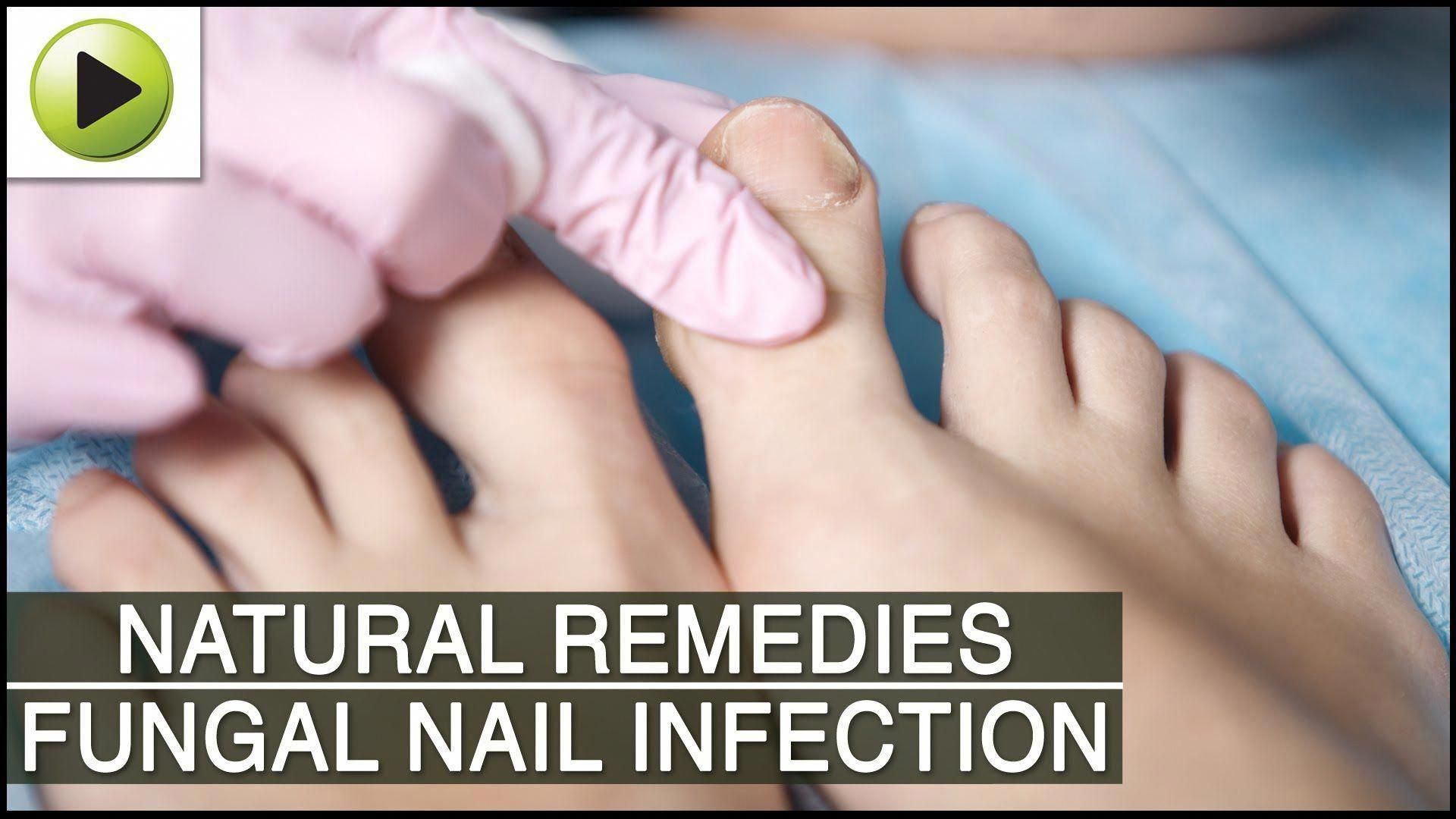 Some fungi can cause family blisters and yellowness. It is important to make a correct diagnosis before choosing a treatment.
Some fungi can cause family blisters and yellowness. It is important to make a correct diagnosis before choosing a treatment.
Step 2: Choose a form of treatment
There are various forms of medication for treating toenail fungus, such as creams, ointments, tablets, and sprays. Different types of drugs are used for different types of infection. For example, if you need treatment for fungus inside the nail plate, tablets may be a more effective choice. If the fungus is on the surface of the nail, creams and ointments may be more convenient and easier to use.
Step 3: Product Reviews and Safety
Before you buy a product for the treatment of nail fungus, pay great attention to the reviews of other buyers. Their opinion can help you decide which product best suits your needs. Also, find out the safety information of the product before using it for treatment. Follow the instructions on the package or consult your doctor before starting treatment.
- Conclusion: Choosing the right fungus nail treatment is an important step in achieving successful treatment.
 Determine the type of infection, choose the right form of treatment, read reviews and learn about product safety. Be sure to consult with a specialist before starting treatment.
Determine the type of infection, choose the right form of treatment, read reviews and learn about product safety. Be sure to consult with a specialist before starting treatment.
When to see a doctor for nail fungus
Nail fungus is an unpleasant disease that can lead to serious complications if not treated promptly. If you notice that your nails are becoming dull, chipping, changing shape or color, this is the first sign that your nail health is in danger.
If you notice the first signs of nail fungus, do not put off a visit to the doctor. Modern medicine offers effective treatments that help eliminate the fungal process quickly and painlessly.
- If you want to get rid of nail fungus, see an experienced mycologist;
- Perform a comprehensive examination to exclude the presence of other diseases;
- Follow your doctor’s instructions for using your medications to get the most out of your treatment.
Remember that nail fungus infection will not go away on its own, so don’t put off seeing your doctor until later. Only a timely appeal to a specialist can help you get rid of the disease and keep your nails healthy for many years.
Only a timely appeal to a specialist can help you get rid of the disease and keep your nails healthy for many years.
Where can I find effective treatments for toenail fungus?
Nail fungus is a nasty disease that needs to be treated as soon as possible. It causes not only discomfort, but can also lead to complications. If you are faced with this problem, then you need to find reliable remedies for treatment.
There are many products on the market that promise to help get rid of nail fungus, but few are really effective. The most popular remedies are creams, ointments and sprays. They contain special components that can quickly destroy the fungus and prevent its reappearance.
- Where can I buy effective remedies for the treatment of toenail fungus?
- Pharmacies. In any pharmacy you will find a wide range of remedies for toenail fungus. Consult with a pharmacist who will help you choose the best option.

- Online stores. If you find it inconvenient to go to the pharmacy or live in a remote area, you can buy nail fungus treatments online. Here you can find a wider selection of products and order online.
Do not forget that the effective treatment of nail fungus is a complex therapy, which includes not only the local application of drugs, but also the ingestion of special preparations. Be sure to consult your doctor before starting treatment.
Related videos:
Q&A:
How quickly can I get rid of fungus?
The speed of getting rid of the fungus depends on the degree of its development and the individual characteristics of the organism. To achieve the maximum effect, it is recommended to use the toenail fungus treatment for several months, following the instructions and recommendations of the doctor.
Can I use this remedy during pregnancy?
Consult a physician before use. Some drugs contain ingredients that can harm the fetus during pregnancy or breastfeeding.
What are the contraindications for this remedy?
Contraindications may vary from person to person, so please read the instructions carefully and consult your doctor before starting treatment. Some drugs can cause allergic reactions, make certain conditions worse, or interact with other drugs.
How long can this product be used?
The duration of treatment for toenail fungus depends on many factors: the degree of damage, the individual characteristics of the body, the drug chosen, etc. Usually treatment continues for several months. However, if the condition of the disease does not improve, it is necessary to consult a doctor.
Can this product be used to treat fungus on the hands?
This product is designed to treat toenail fungus, so it may not be effective for treating toenail fungus. In addition, more delicate products are used on the hands, since the skin on the hands is thinner and more sensitive.
In addition, more delicate products are used on the hands, since the skin on the hands is thinner and more sensitive.
Can nail polish be used during the treatment of toenail fungus?
During the treatment of toenail fungus, it is recommended to avoid using nail polish on the affected nails as this can make the treatment process more difficult. In addition, nail polish can create a favorable environment for fungus to thrive.
what are they, how do they work and what to consider when choosing an antifungal agent?
Nail fungus (onychomycosis) is found on average in 10-15% of the world’s population, and among people over 60 years of age, the incidence reaches 30-50% [1]. Men suffer 1.3 times more often than women, probably due to insufficiently responsible attitude to the problem [2]. It is difficult to get rid of onychomycosis, but it is possible, and the main task of the doctor and patient is to choose the right remedy for nail fungus. We talk about what drugs are and how they work.
Many people, especially elderly men, neglect the treatment of fungus, believing that this problem is only aesthetic and, apart from a cosmetic defect, does not cause any consequences. This is a pretty dangerous misconception. We explain why.
First, the fungus is extremely contagious. If you do not pay attention to treatment, the infection spreads quickly. The causative agents of onychomycosis are easily transmitted through household items, and the patient runs the risk of infecting the entire family.
Secondly (and most importantly), the problem of nail fungus is by no means only cosmetic. A neglected disease significantly reduces the quality of life: pain appears, difficulties arise with the selection of shoes and all sorts of household inconveniences. The nail plate, affected by the fungus, can collapse over time. But it’s still half the trouble. Without timely and proper treatment, onychomycosis harms the entire body. The risk of allergies increases (due to the developing hypersensitivity to fungi and their metabolic products), infectious complications often join (for example, erysipelas).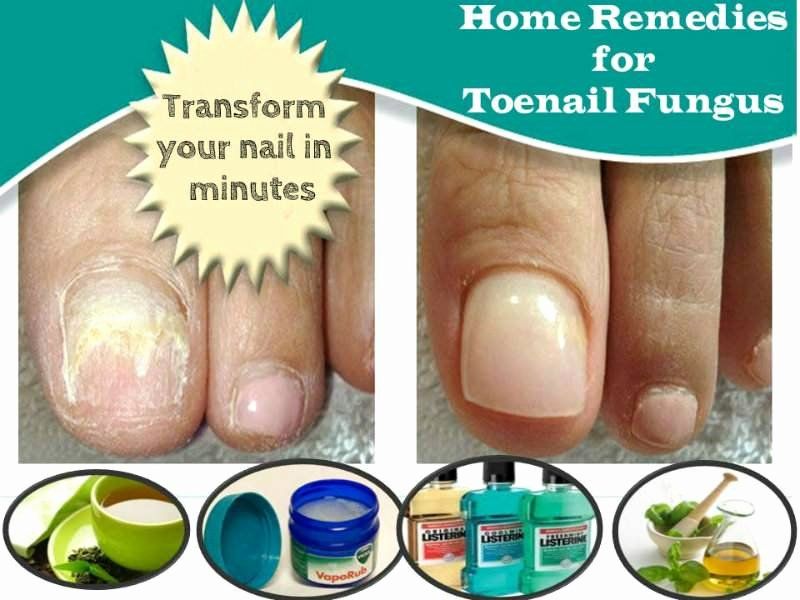 Against the background of onychomycosis, any skin diseases are more severe [3]. Not to mention that chronic infection weakens the immune system.
Against the background of onychomycosis, any skin diseases are more severe [3]. Not to mention that chronic infection weakens the immune system.
So the answer is clear: nail fungus must be treated as soon as possible. The further the process has gone, the more difficult it is to get rid of the disease. Therefore, therapy should ideally be started at the first sign of injury. Another issue is how to treat. The variety of drugs is so great that it is easy to get confused. But you need to know how they work in order to understand which remedy helps get rid of nail fungus. We will tell about this.
Choosing a remedy for nail fungus
On the net you can find a lot of recommendations for fighting the fungus. Traditional medicine advises to get rid of it with the help of soda, ammonia, propolis, kerosene, celandine juice, essential oils. There are recipes for nail fungus remedies with vinegar, iodine, hydrogen peroxide. Resorting to such seemingly harmless home methods, the patient only exacerbates the problem. Not a single traditional medicine destroys the pathogens of onychomycosis, and the lesion progresses, covering an increasing area of the nail plate. In the end, the patient ends up in the dermatologist’s office with an advanced fungus that is very difficult to treat.
Not a single traditional medicine destroys the pathogens of onychomycosis, and the lesion progresses, covering an increasing area of the nail plate. In the end, the patient ends up in the dermatologist’s office with an advanced fungus that is very difficult to treat.
So advice number one is no self-treatment! If signs of the disease are found, it is necessary to contact a dermatologist who will prescribe an effective drug for nail fungus. Self-medication is unacceptable, if only because onychomycosis is caused by different types of pathogens, and in each case it is important to choose the right active ingredient. And in order not to doubt the recommendations of a specialist, it is worth knowing how they work and how the drugs used to treat this disease differ from each other.
Fungal nail treatments can be classified according to formulation and active ingredient. Of the other selection criteria, the price category and ease of use matter.
Product form
External drugs against nail fungus are produced in the form of varnish, spray, cream (ointment) and solution.
Antifungal varnishes are generally preferred by women because they can be used to combine treatment with cosmetic care. Before processing, it is necessary to grind the surface of the nail plate with a file. After applying the medical varnish, you can use decorative. This is the main advantage of this dosage form.
However, varnishes are not universal. Firstly, they are effective only with a small area of damage. If the fungus has spread to more than one third of the nail plate, the remedy will not help. Secondly, the drug in the form of varnish can only cope with superficial mycosis. This is because it cannot penetrate into the lower layers of the nail. With a deep lesion, when the nail plate is thickened, the antifungal agent in the form of nail polish will not work – a stronger drug is needed.
Cream and spray are similar forms: both have an oil base. They are ideal for the treatment of skin mycoses, which, by the way, often accompany nail fungus. The tool easily penetrates into the lower layers of the epidermis, destroying the pathogen. But the nail has a denser structure, and the oil-based preparation does not reach all the sites of infection. Cream or spray is best used as an auxiliary part of the treatment of onychomycosis – with concomitant fungal infections of the skin of the feet.
The tool easily penetrates into the lower layers of the epidermis, destroying the pathogen. But the nail has a denser structure, and the oil-based preparation does not reach all the sites of infection. Cream or spray is best used as an auxiliary part of the treatment of onychomycosis – with concomitant fungal infections of the skin of the feet.
Solution is the optimal form of antifungal nail treatment. The drug on a water-alcohol basis penetrates deeply into the nail plate, filling the voids and channels through which the pathogen spreads. Therefore, the fungicidal and fungistatic effect of the liquid remedy for nail fungus is stronger than in other forms.
Active ingredient
Preparations against fungus are mainly substances of synthetic (rarely natural) origin, varied in chemical structure. Depending on it, the spectrum of their activity differs, that is, the action against certain pathogens. Given the fact that onychomycosis can be caused by different types of pathogenic fungi, the correct choice of the active substance is very important.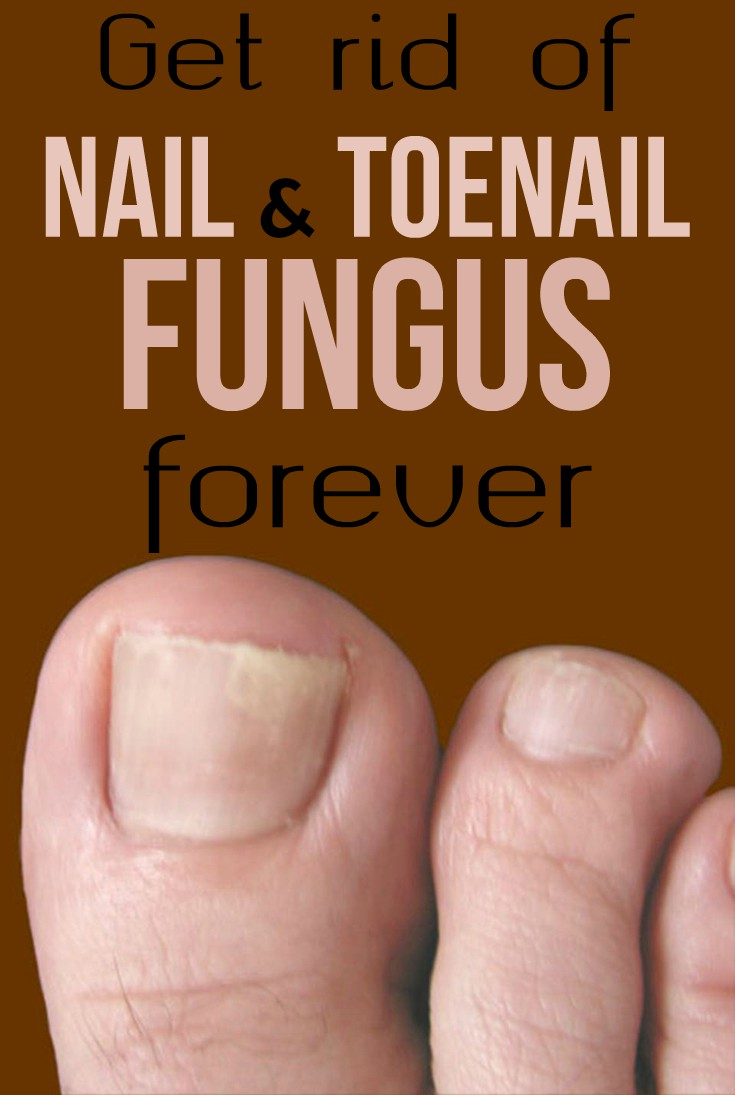
Information
To reliably determine the type of pathogen, it is necessary to conduct a microbiological study of a tissue fragment. But usually you can determine the type of fungus by the external features of the affected nail. The most common causative agent of onychomycosis is Trichophyton Rubrum. Less commonly, the disease is caused by other types of dermatophytes, yeast-like and mold fungi.
In terms of chemical structure, there are several groups of antifungal drugs:
Polyenes . These include substances such as nystatin, levorin, amphotericin. When taken orally, they are active against many types of fungi, but topical application of these agents is effective only for candidiasis [4]. Therefore, polyenes are usually not prescribed for the treatment of onychomycosis.
Azoles . For external use, drugs based on clotrimazole, econazole, miconazole, oxiconazole, isoconazole, bifonazole are used.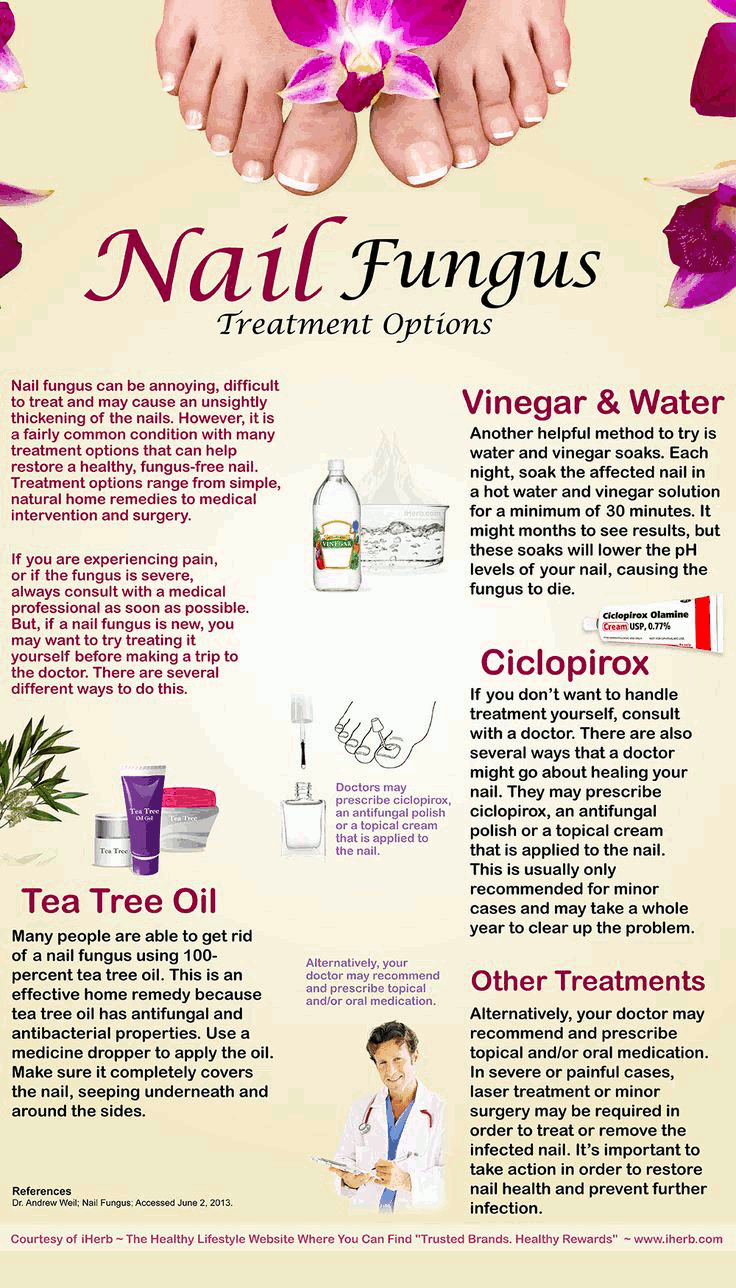 Their action is predominantly fungistatic – in other words, these drugs stop the development of the fungus. The fungicidal effect (destruction of the pathogen) is possible when high concentrations of the substance in the tissues are reached. Azoles are active against Candida yeast-like fungi and dermatomycetes, which cause skin lesions. With onychomycosis, these drugs are not very effective [5].
Their action is predominantly fungistatic – in other words, these drugs stop the development of the fungus. The fungicidal effect (destruction of the pathogen) is possible when high concentrations of the substance in the tissues are reached. Azoles are active against Candida yeast-like fungi and dermatomycetes, which cause skin lesions. With onychomycosis, these drugs are not very effective [5].
Allylamines . This is the main group of antifungal agents prescribed for the treatment of mycoses of the skin and nails. For topical use, products based on terbinafine and naftifine are suitable. The first is also prescribed orally at an advanced stage of the disease. Naftifine is an effective treatment for onychomycosis. It exhibits fungicidal activity against dermatophytes (including Trichophyton Rubrum), yeasts and molds – in a word, the main possible causative agents of fungal infections of the nails. In addition, naftifine acts on many bacteria.
Of the other substances not included in these groups, amorolfine and ciclopirox are used to treat onychomycosis.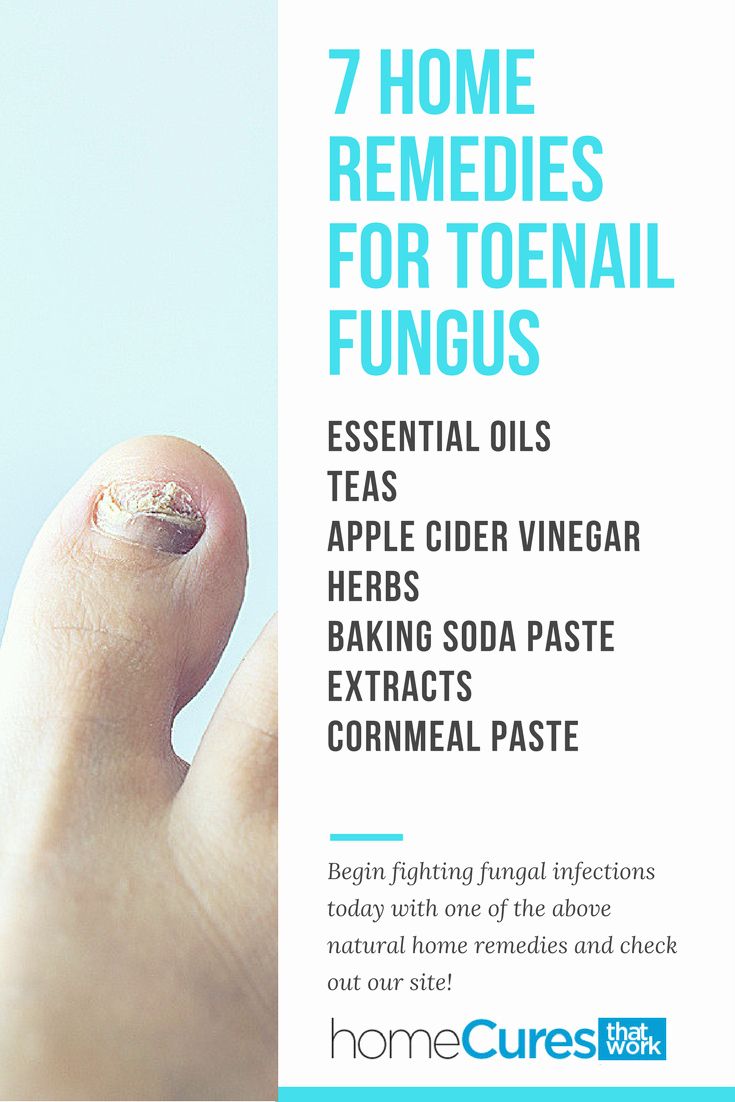 Both drugs are applied topically, mainly as part of antifungal varnishes.
Both drugs are applied topically, mainly as part of antifungal varnishes.
Ease of use
Getting rid of fungus is a long process. For several months, nail treatment will become a daily procedure, otherwise a positive result will not be achieved. Given the duration of treatment, it is important to choose a tool that is convenient to use. In the case of varnish, it should be borne in mind that the surface of the nail must be ground down before each use. Therefore, it is good if there are disposable files in the kit. In the case of a solution, it is preferable to choose a product packaged in a sealed bottle with a dropper stopper. The elongated dropper nose is more convenient for spot application of the solution where it can penetrate deep into the nail plate. This form is optimal in dosage: it is easy to measure and apply the required amount of the drug, which makes consumption more economical.
Cost of package and course
Treatment of the fungus should be continued until the healthy nail plate grows back. With onychomycosis of the hands, this process takes about four months. Toenails grow more slowly on toenails and can take up to a year to heal. So the purchase of an antifungal agent is not a one-time expense, but a regular expense item, and, of course, I want to reduce it as much as possible. However, the desire to save should not outweigh: the main selection criterion is efficiency. A reasonable decision is to focus on the active substance. Sometimes this makes it possible to choose an analogue of a widely advertised drug that is equal in effectiveness, but more profitable in price.
With onychomycosis of the hands, this process takes about four months. Toenails grow more slowly on toenails and can take up to a year to heal. So the purchase of an antifungal agent is not a one-time expense, but a regular expense item, and, of course, I want to reduce it as much as possible. However, the desire to save should not outweigh: the main selection criterion is efficiency. A reasonable decision is to focus on the active substance. Sometimes this makes it possible to choose an analogue of a widely advertised drug that is equal in effectiveness, but more profitable in price.
Onychomycosis not only reduces the quality of life, but also threatens with serious complications. Therefore, when the first signs of infection are detected, it is necessary to consult a doctor as soon as possible and begin treatment with clinically proven effective anti-fungal toenail and fingernail fungus.
All information relating to health and medicine is provided for informational purposes only and is not a reason for self-diagnosis or self-treatment.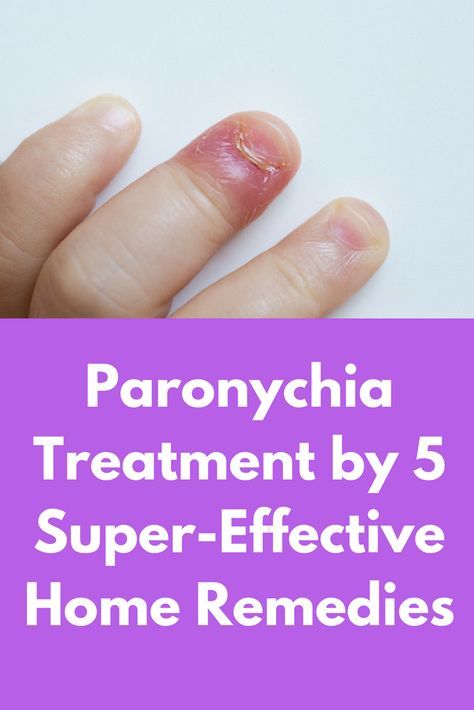



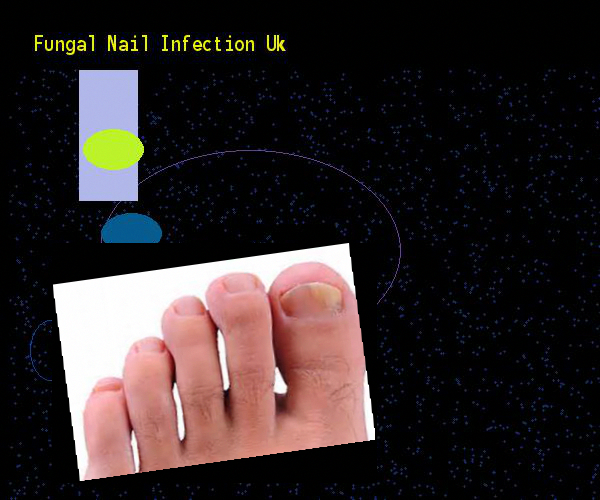 Do not allow breaks in treatment.
Do not allow breaks in treatment.
 He quickly helped and the nails recovered. Now, several months later, the result remains stable. Satisfied with the product and recommend it!
He quickly helped and the nails recovered. Now, several months later, the result remains stable. Satisfied with the product and recommend it! Determine the type of infection, choose the right form of treatment, read reviews and learn about product safety. Be sure to consult with a specialist before starting treatment.
Determine the type of infection, choose the right form of treatment, read reviews and learn about product safety. Be sure to consult with a specialist before starting treatment.